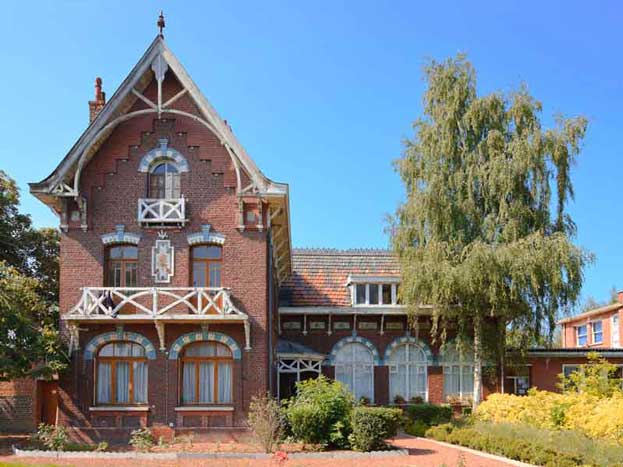Nord-Pas de Calais Mining Basin is a remarkable landscape shaped over three centuries of coal extraction from the 1700s to the 1900s, consists of 109 separate components over 120,000-hectare. It features mining pits (the oldest of which dates from 1850) and lift infrastructure, slag heaps (some of which cover 90 hectares and exceed 140 metres in height), coal transport infrastructure, railway stations, workers estates and mining villages including social habitat, schools, religious buildings, health and community facilities, company premises, owners and managers' houses, town halls and more. The site bears testimony to the quest to create model workers' cities from the middle of the 19th century to the 1960s and further illustrates a significant period in the history of industrial Europe. It documents the living conditions of workers and the solidarity to which it gave rise.

Continent: Europe
Country: France
Category: Cultural
Criterion: (II)(IV) (VI)
Date of Inscription: 2012
Coal Extraction
The Nord-Pas de Calais Mining Basin corresponds to the French part of the northwest European coal seam. On a broad open plain, it extends some 120 km, through the two administrative departments of Nord and Pas-de-Calais. It presents a remarkable cultural landscape in terms of its continuity and homogeneity. It provides an important and well preserved example of coal mining and its associated urban planning throughout the two centuries of intensive coal extraction from the end of the 18th century to the last quarter of the 20th century, through industrial methods involving a great many workers.
 |
| Nord Pas de Calais Mining Basin |










0 comments:
Post a Comment